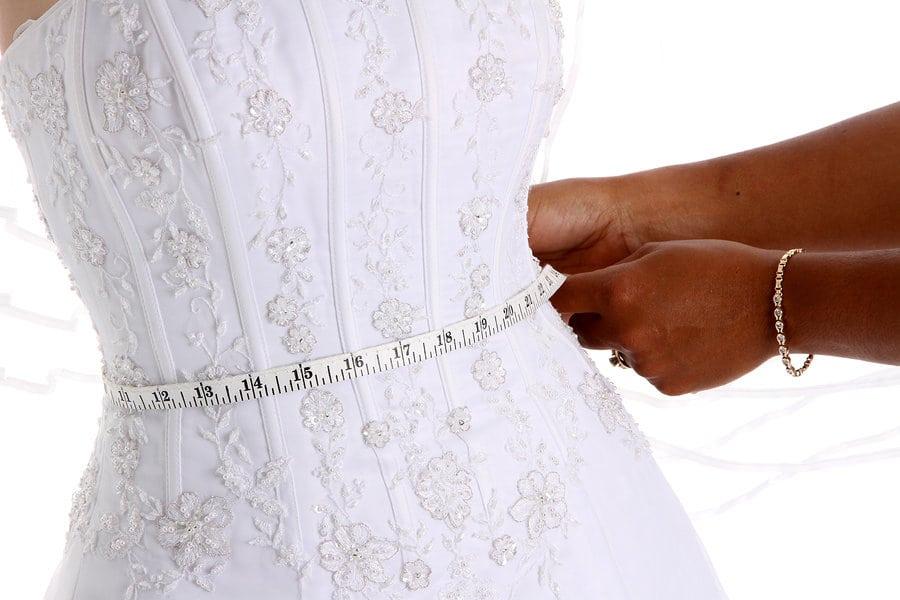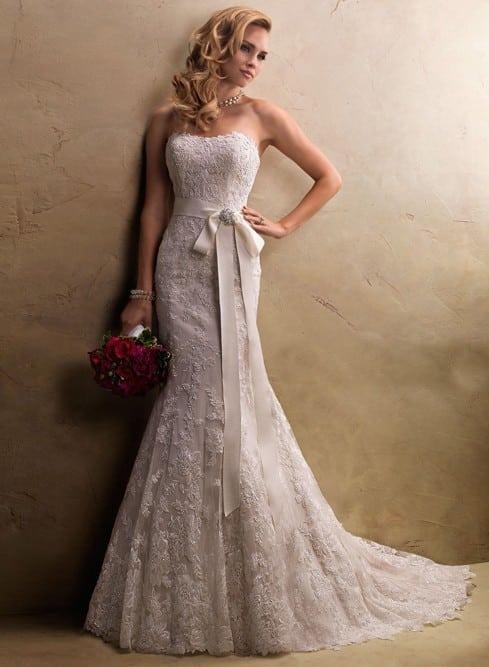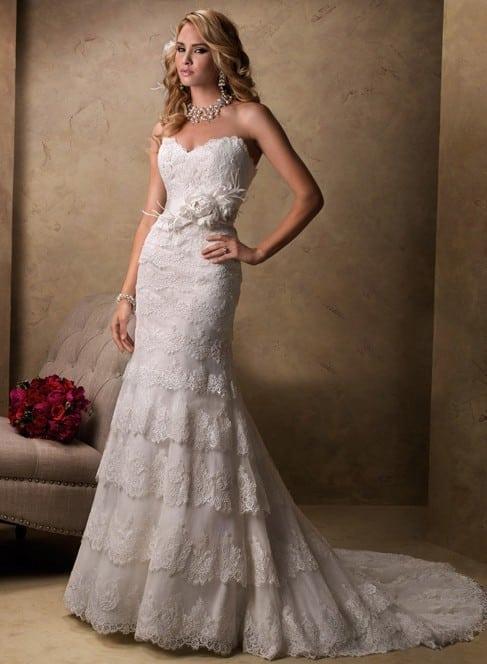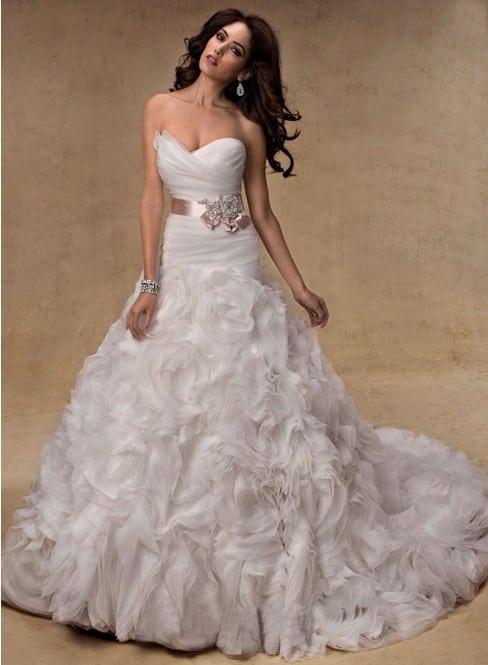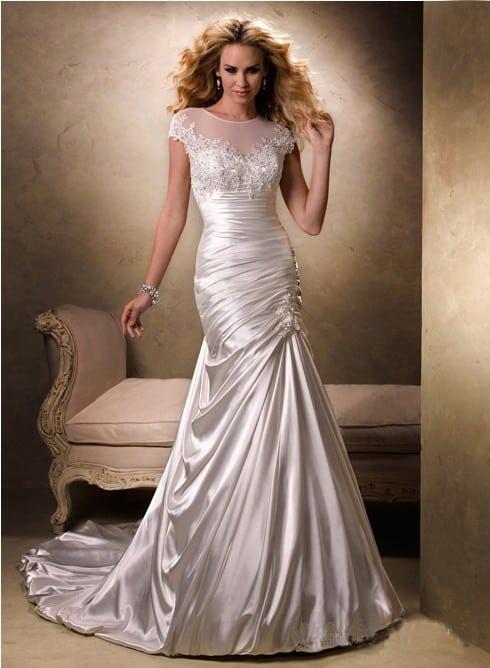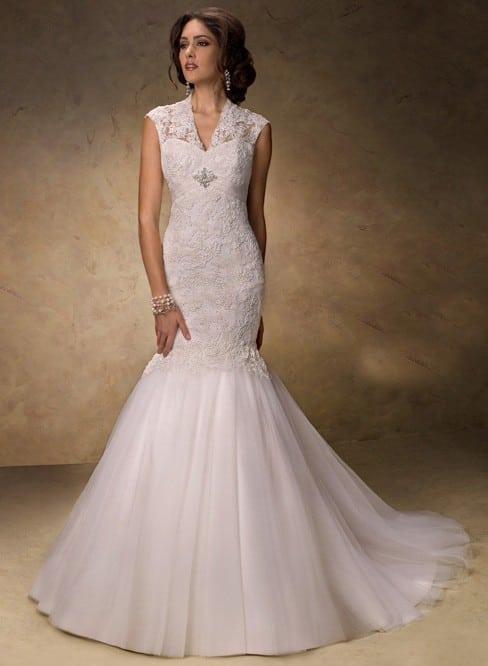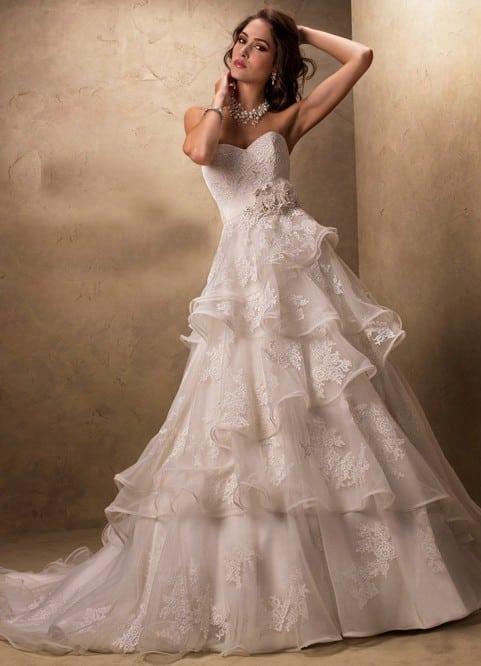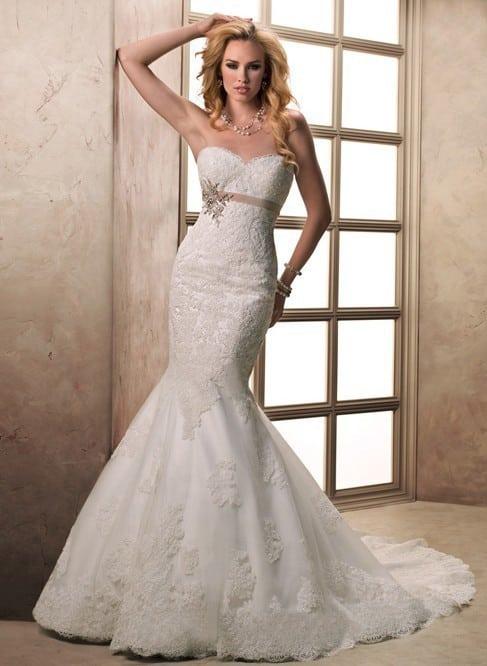When considering having custom evening gowns made the accurate measurements are so incredibly necessary. Doing it properly could save you from in the end needing to get your designer dress altered by your seamstress or incurring additional cost. Providing your fashion designer the correct measurements will simply insure the best fit possible.
Most women (brides especially) normally want to trim down a bit prior to their black tie social function or wedding. This is normal for our type of clients. But it can make measuring not so easy to do . Here at Darius Cordell Fashion Ltd We always like to take accurate counts (just in case the weight is not lost at the end of production). But if your clients insist on providing you with the smaller counts then there is not much more you can do on the matter.
BUST – Most of us are used to the regular measurements of bust, waist and hip. To insure a goof fit and to avoid costly fittings there are others to consider as well. Let’s start with how to take a proper bust measurement for mother of the bride dresses and more mature figures. First you need to be measured in the undergarments (or similar) that you plan to wear with this item. Then for the bust measurement take your tape measure and wrap it around the fullest part of the bosom (which is usually at the nipple) then wrap the measuring tape around to the back center at the fullest part. We always ask the client to take a deep breath when taking this measurement so we can have the entire span and to help make it to where the item will be comfortable as you move, breath and socialize in your formal evening wear or bridal gown.
WAIST – When focusing on the waist you can actually take it a number of ways . There is the natural waist line. Or you can go from the high waist line. When sewing an empire waist gown that measurement is usually taken from just under the bust near the widest part of the rib cage.
HIP – The hip measurement is also one that could have multiple counts. There is the widest part of the hip, the high hip and the low hip. Taking each of these would be more important in a mermaid fitted garment more so than an a-line dress – which is used mostly for bridal gowns & pageant dresses . That is not the case for mother of the bride formals since most of them are not fitted on the hip. For those who have wide or large hips it is a good thing to take all three just to be certain.
LENGTH – You could start this one from more than one place . But what we have found as dress designers is that to start from the top of the shoulder, to over the center bust and then straight down to the proposed hem is superior in order to receive the best results . Some fashion designers tend to go from edge of shoulder straight down but we have found that does not supply an as accurate length.
HOLLOW OF NECK TO BUST LINE – This measurement is just as important as the others especially when you are concerned about revealing too much skin with an open neck line or a strapless bridal gown. The hollow of the neck is that portion of your neck (at the base) where it indents moderately. We then measure straight down to the lowest part of where you want the bust line to hit. Most people are comfortable with this measurement being around 5 to 8 inches depending on your bust size.
TOP OF SHOULDER TO NIPPLE – This is not one of the more popular but can be important when working with beaded dresses and the design needs to be placed in a certain place or area. You could find that if this measurement is not taken for beaded gowns that you may have a bit of beading or embellishment that is not where you want it to be .
FRONT WAIST – This one is simple and takes into account your upper bodice . We start this one from the top of the shoulder as well, to over the bust and then down to where you want your waist to be – usually the natural waist.
BACK WAIST – For those who lets just say have a very high booty this is am important length to know as it will insure the design will curve in accordingly just above your bum. This is taken from the back base of the neck directly downward to just above where your bum begins.
WIDTH OF BACK – This one could be tricky. This is also one where we ask the client to take a deep breath. We like to take this width from just under the arm pit and from side seam to side seem. Others tend not to go all the way over to the seam.
ARM LENGTH – from experience we have learned many people who submit their measurements to us sometimes do not take this one properly. And for a mother of the bride or someone who prefers to have a long sleeve evening gown this is one of the more important measurements. We like to start from the outside edge of shoulder with the arm being straight down and then go all the way to the bump of a persons wrist – just before the hand/thumb joint begins. Another way to make sure this one is correct is to ask the consumer to bend their arm slightly to a 45 degree angle then take the measurement of the arm bent from the edge of shoulder all the way to the wrist again. This will give your pattern makers a good feel for precisely how long the arm panel should be cut.
BICEP – Most mature women tend to tell us they want to cover their arms. Knowing this measurement makes a huge difference. For instance you could have two totally different buyers try on a size 16 mother of the groom gown that is off the rack. It could fit one female in the arms and another may not. So when making items like these that are expensive it is best to know areas like this one as some women who are a standard off the rack size may have smaller or quite larger arms. Take this from the fullest part of the upper arm to insure they can slither their arm though with ease.
WRIST – A unique measurement that most would not think to take but it comes into play with long sleeve dresses. Having it also makes sure you do not have a coat type end of sleeve. That may be the desired effect but most times a fitted wrist is the norm.
FIST – Another important but sometimes ignored measurement is the fist. We have seen it all and sometimes people have larger hands than others and you want to make certain that the individual can get their entire hand through the wrist opening. We ordinarily use a hook and eye or small zipper enclosure to make sure the wrist is fitted after the fist has entered.
SHOULDER – Bizarre as it may seem but most people are not even from side to side. This shoulder account we like to use again for long sleeved dresses and is taken from the base side of neck all the way over to the outside edge of the shoulder. You would be surprised how many people (especially those with wide shoulders) truly appreciate that we ask for this one.
ELBOW – You can take this one with the arm straight or with the elbow bent for more accuracy.
ARM HOLE – This is basically from under your arm pit and around to the top part of your shoulder. It insures a proper fit under the arm so there is not a lot of additional fabric.
TRAIN – This one is a total preference. It is our suggestion to fit this from the back of the heel to the train hem. You will find a lot of seamstresses take this from the back waist to the hem. That is not always the best place to start .
If you request or receive each of these very important measurements you can insure that your mother of the bride dress, bridal gown or formal ball gown will fit its best. This will surely help you head off costly alterations and multiple fittings.
Just remember when there is a question it is best for your clothing to be too long or a little loose rather than too tight or a bit too short. You can easily remove but you can not add fabric. So in all cases it is better to leave some seam allowance.

